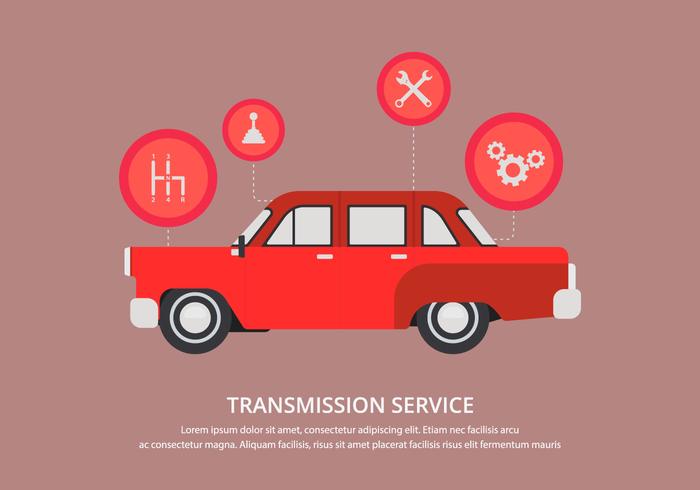Realizing The Value Of Your Cars And Truck'S Warning Signals: What They In Fact Stand For
Realizing The Value Of Your Cars And Truck'S Warning Signals: What They In Fact Stand For
Blog Article
Developed By-Sykes Winters
When you lag the wheel, those radiant caution lights on your control panel can be a bit perplexing. Do you recognize what they're attempting to tell you regarding your vehicle's health and wellness? Recognizing the relevance of these lights is crucial for your safety and security and the longevity of your automobile. So, the following time among those lights pops up, wouldn't you want to decipher its message accurately and take the required steps to resolve it?
Common Warning Lights and Interpretations
Determine common warning lights in your auto and comprehend their definitions to ensure safe driving.
One of the most normal caution lights include the check engine light, which signifies concerns with the engine or discharges system. If this light begins, it's crucial to have your lorry inspected immediately.
The oil stress advising light indicates low oil pressure, needing prompt attention to avoid engine damages.
A blinking battery light may suggest a damaged billing system, possibly leaving you stranded otherwise resolved.
The tire stress monitoring system (TPMS) light signals you to low tire pressure, influencing car stability and gas effectiveness. Ignoring this might bring about harmful driving problems.
The abdominal muscle light suggests a problem with the anti-lock braking system, compromising your capacity to stop quickly in emergencies.
Lastly, the coolant temperature warning light warns of engine getting too hot, which can cause serious damages otherwise solved promptly.
Comprehending these usual warning lights will certainly help you deal with concerns promptly and keep secure driving conditions.
Relevance of Prompt Attention
Comprehending the common caution lights in your car is just the very first step; the importance of immediately attending to these cautions can't be emphasized sufficient to ensure your safety when traveling.
When a caution light illuminates on your control panel, it's your automobile's means of interacting a possible problem that needs interest. Overlooking these warnings can result in extra severe issues later on, jeopardizing your safety and security and potentially costing you more out of commission.
Suggested Online site to advising lights can avoid break downs and crashes. For example, a blinking check engine light might show a misfire that, if left neglected, can trigger damage to the catalytic converter. Resolving https://abc7ny.com/fire-auto-repair-shop-elizabeth-new-jersey/12004584/ can conserve you from an expensive repair.
Likewise, a brake system cautioning light may signal reduced brake liquid or worn brake pads, important parts for your safety and security when driving.
Do It Yourself Troubleshooting Tips
If you discover a warning light on your control panel, there are a few do it yourself repairing ideas you can attempt prior to looking for expert assistance.
The initial step is to consult your auto's handbook to recognize what the specific warning light suggests. Sometimes the issue can be as simple as a loosened gas cap activating the check engine light. Tightening the gas cap may settle the trouble.
One more usual problem is a reduced battery, which can activate various cautioning lights. Examining the battery connections for rust and ensuring they're protected might deal with the trouble.
If a caution light lingers, you can try resetting it by disconnecting the automobile's battery for a few minutes and after that reconnecting it. In addition, checking your car's fluid degrees, such as oil, coolant, and brake liquid, can assist repair alerting lights related to these systems.
Verdict
Finally, understanding your cars and truck's warning lights is essential for keeping your car running efficiently and securely. By promptly attending to these alerts and understanding what they indicate, you can prevent costly repair work and possible failures.
Keep in mind to consult your cars and truck's handbook for specific information on each alerting light and do something about it appropriately to guarantee a hassle-free driving experience.
Keep notified, remain secure when traveling!
